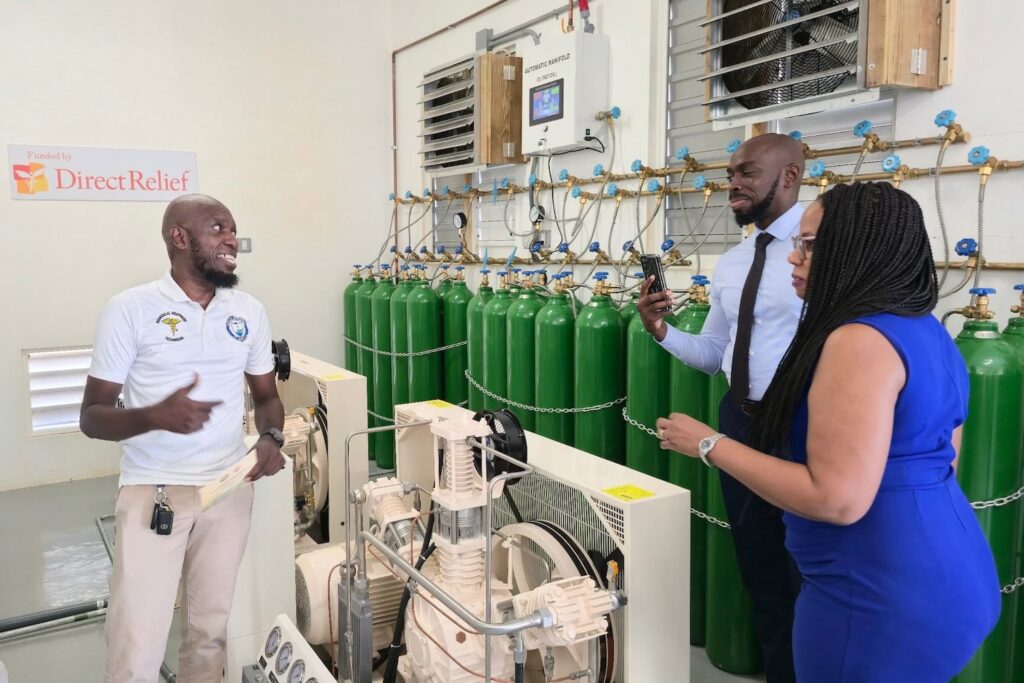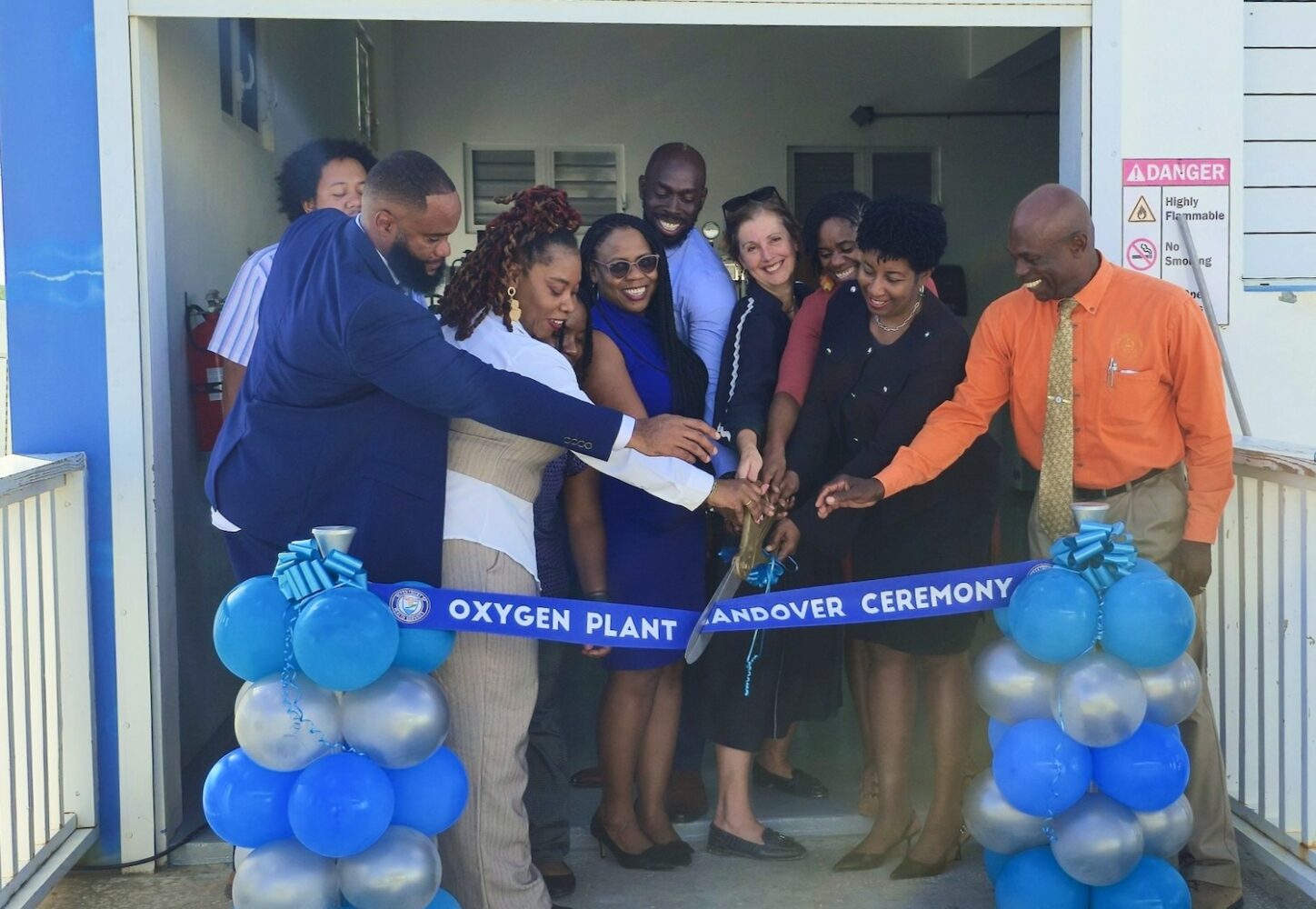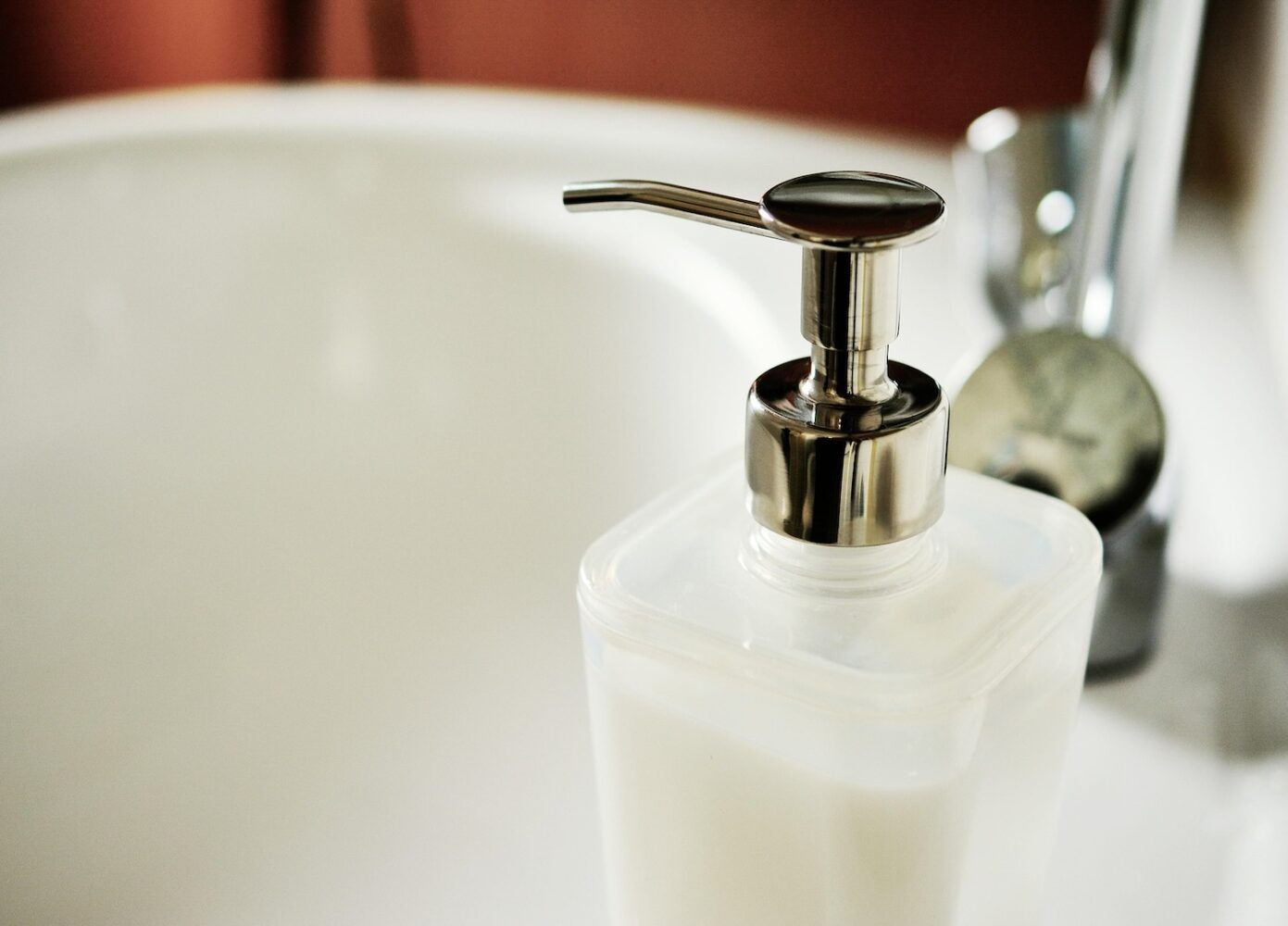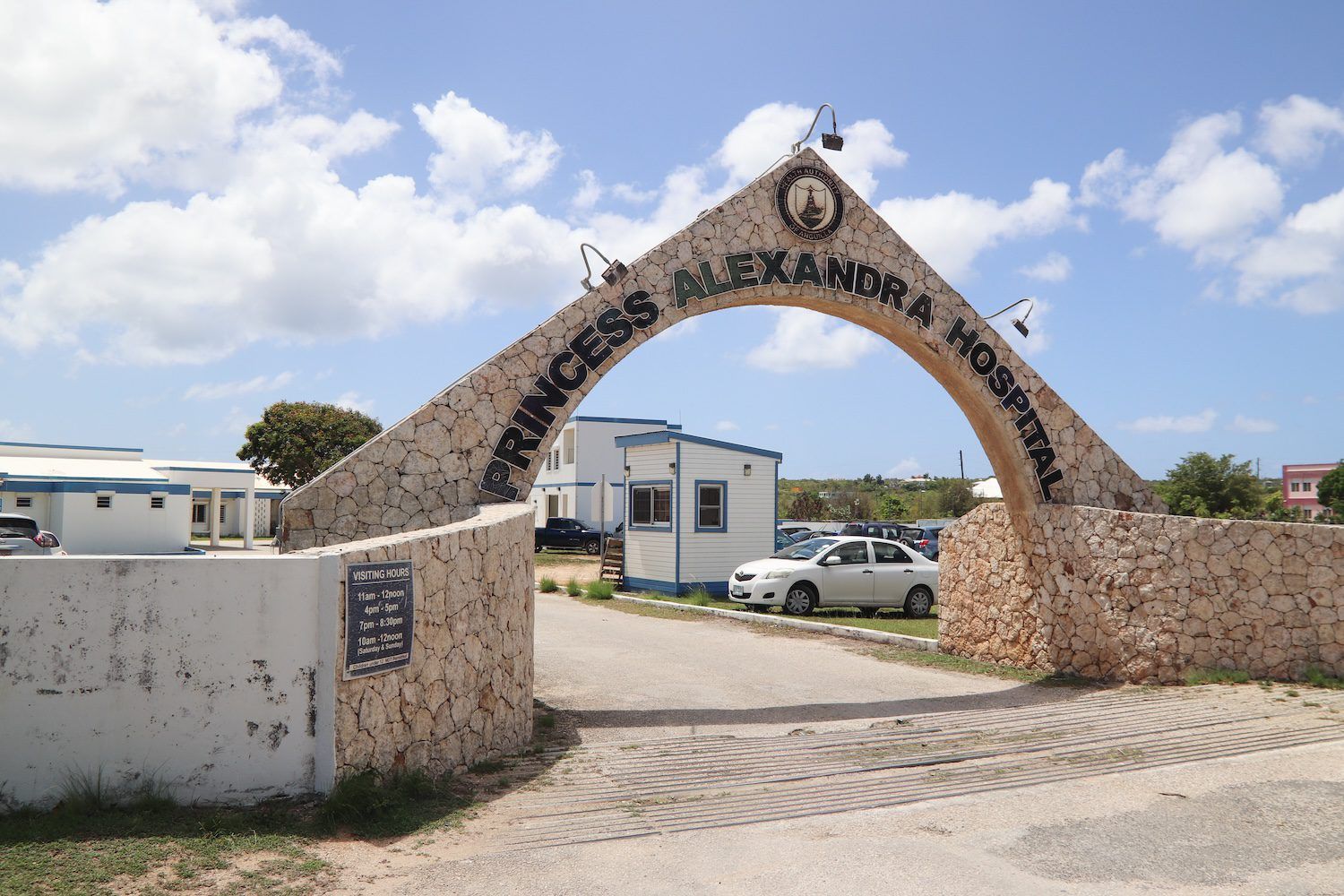Anguilla’s medical oxygen generation and distribution system has received a major upgrade and has been officially handed back to the Princess Alexandra Hospital.
The improvements will ensure patients have continuous bedside oxygen, increase overall capacity, reduce the need for manual handling, and strengthen the system’s resilience in times of need.
The project was supported by the Organisation of Eastern Caribbean States (OECS) and funded by Direct Relief, a non-profit organisation providing critical medical resources to communities in need.
Get behind-the-scenes insights, members-only articles, giveaways and discount codes. Click here to join our Anguilla Focus community from just $3/month.
A handover ceremony at the plant on 28 October was attended by hospital staff, government officials, and partners, marking a key milestone in improving healthcare delivery.
Director of support services Linette Carty, who chaired the event, said it will help to ensure that “every patient who comes through these doors receives the highest quality care”.
“Medical oxygen is a vital component in the treatment and management of countless health conditions,” she explained.
Carty said the new plant represents more than just an infrastructure upgrade, adding: “It is a symbol of resilience and dedication to saving lives.”
Health services commissioner Malcolm Webster rose to offer thanks to everyone involved in oxygen delivery including long-time partners Anguilla Techni-Sales and B and E Automotive.
He also acknowledged the instrumental roles of Evans McNiel-Rogers, senior ministerial assistant for health, chief nursing officer Twyla Bradshaw-Richardson and chief medical officer Dr Aisha Andrewin.
Biomedical engineer Kenichia Charles said the plant is a symbol of “progress, innovation and partnership – proof of what can be achieved through shared vision and commitment to community wellbeing”.
Past dependence on imported oxygen previously left Anguilla’s healthcare system vulnerable, she said, adding that Hurricane Irma and the COVID-19 pandemic exposed those weaknesses.

The former system produced just 10 bottles of medical-grade oxygen every 24 hours which were then distributed manually from the plant to the hospital.
The new plant has the capacity to produce four bottles an hour – up to 100 bottles daily, Charles said, which will be directly piped to the hospital, ensuring round-the-clock bedside supply.
She added that it will not only reduce environmental impact, but lower operational costs and guarantee continuity of care during national disaster and border closures.
Dr Roxanne Brizan-St Martin, OECS programme director for health, social inclusion and social protection, said the initiative was a”direct and tangible” response to Anguilla’s healthcare needs.
She said the installation of the new equipment provides an essential piece of infrastructure, enhances patient safety, reduces manual handling and increases cost efficiency.
Brizan-St Martin reaffirmed the OECS’s commitment to supporting member states in similar initiatives to advance regional cooperation, resilience and sustainability.
Health minister Cardigan Connor said the upgrades to guarantee continuous oxygen supply, valued at US$620,000, will delivery “signifiant cost savings over time”.
Premier Cora Richardson Hodge said thanked those involved in the project before joining Governor Julia Crouch and other officials for the ribbon-cutting ceremony.
Watch the ceremony in full, courtesy of In Anguilla, here.
The existing plant, which has served Anguilla since 2018, will remain as a backup during maintenance or emergencies.





